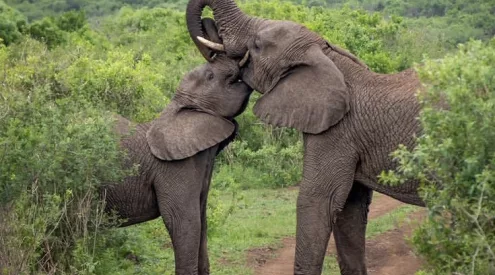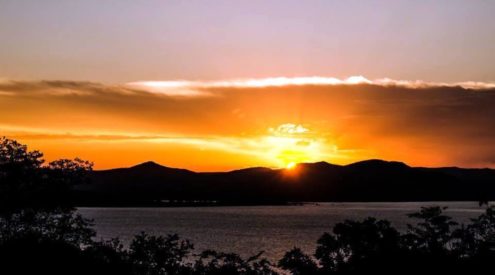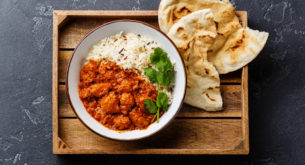This time of the year, the West Coast landscape is a continuum of amber and bronze tones, giving the effect of being lightly toasted. And in effect it is – it’s the dry season and water is scarce. Very little grows and everything seems washed-out. The light is intense – the austere environment is so reflective, it makes eyes squint and brows furrow.
We arrived in Paternoster on Monday, after spending two nights on a farm near Jacobsbaai. It’s a rugged seaside village, typical to the west coast, and if you love expansive beaches, rocky outcrops, windswept coastal fynbos and of course kreef, then this is the place for you. The village was built around the fishing industry and the locals still depend strongly on fishing to provide both food and income for their families.
We set off immediately with friends, Tom and Dierdre, scoping the area in the hope of finding local people from the fishing community who would be happy to tell us about their lives and livelihood – fish. We chanced upon Ida who, while fending off a gaggle of small children, was deftly gutting the local staple, harders, for dinner. The harder is a small fish, similar to a sardine. If you’ve seen men hauling in nets of quivering silver slivers on the beach, there’s a good chance you’ve seen harders. Ida invited us back for a cooking demo later that afternoon. She prepared them simply: salted, lightly dusted with flour and fried golden in a pan, and served with bread and apricot jam. Sweet and salty – a favourite flavour combo here on the west coast.
Ida’s mother, Tante Anna, is the local herb lady. Harking from Namaqualand she doesn’t call herself a local, though she’s 73 and has spent most of her life here. ‘Paternoster is a tragic place,’ she says scrunching up her crinkled face – it took her some time to ‘learn the sea.’ But she knows her herbs, and can tell you which plants to rub on your body for pains, or brew into a tea for a headache. She describes how hard her husband used to work as a fisherman – up at 4am and home late. It wasn’t an easy life on the sea but he loved it and he provided for their eight children. ‘These days the men don’t rise early anymore. They don’t know hard work.’ She says there aren’t as many fish anymore either.
According to the scientists, she’s right. Both the harder and the hottentot – the primary catch of Paternoster – are on the SASSI orange list, meaning you should ‘think twice’ before buying them as they’re severely at risk. The idea that the fish are scarcer these days was a general echo across the community – Isaac, a 60 year old fisherman, has noticed a significant decline in the size of his harder catches since he was young, and Tannie Meisie believes the same. A young fisherman we spoke to, however, bluntly stated it was not true – the scientists are doing their studies in ‘the wrong places’ and the restrictions are unnecessary and simply causing them to ‘steal to survive.’
This made us realise that Tante Anna’s musing about Paternoster was not so amusing after all – it really is tragic that a community with fishing in their blood (most people we spoke to were in agreement that the fishermen know nothing else but the sea) are in severe danger of losing their livelihoods.

















